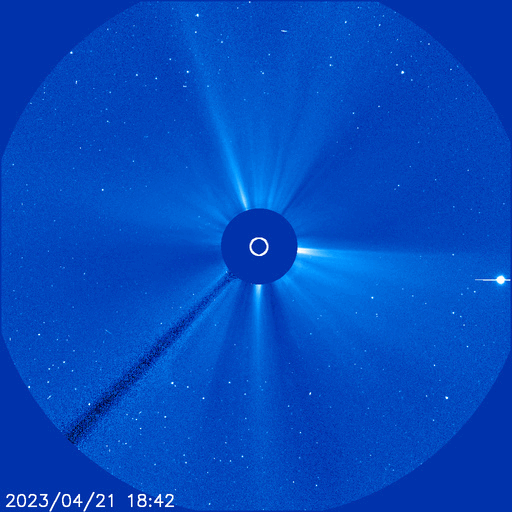NASA Helps Predict Strong Solar Storms
NASA missions aided in predicting the severity of a recent intense solar storm that caused auroras as far south as Texas. By studying the storm, scientists are learning how to better forecast future solar eruptions.

An unexpectedly strong solar storm hit Earth on April 23, 2023, causing auroras as far south as Texas. The storm was triggered by a coronal mass ejection (CME) from the Sun. Despite initial expectations of a minor impact, the storm turned out to be severe.
Using NASA missions, scientists are studying such storms to improve prediction of future solar eruptions. The April 2023 storm led to auroras in Arizona, Arkansas, and Texas. The storm's intensity was attributed to the CME's orientation relative to Earth.
NASA's GOLD mission observed a cooling effect in Earth's upper atmosphere after the storm, impacting satellite orbits. Understanding these phenomena is crucial for protecting technologies like GPS and satellites.
Some scientists are using machine learning to predict geoeffective CMEs. By training algorithms with data from spacecraft observations, accurate predictions can be made, aiding in safeguarding space infrastructure and Earth's systems.
During a severe geomagnetic storm in May 2024, NASA's STEREO spacecraft provided advanced warning by measuring CMEs' magnetic fields. This closer observation could offer earlier predictions of storm strength, improving our ability to prepare for such events.
According to the source: Mirage News.
What's Your Reaction?
 Like
0
Like
0
 Dislike
0
Dislike
0
 Love
0
Love
0
 Funny
0
Funny
0
 Angry
0
Angry
0
 Sad
0
Sad
0
 Wow
0
Wow
0

























































































































































